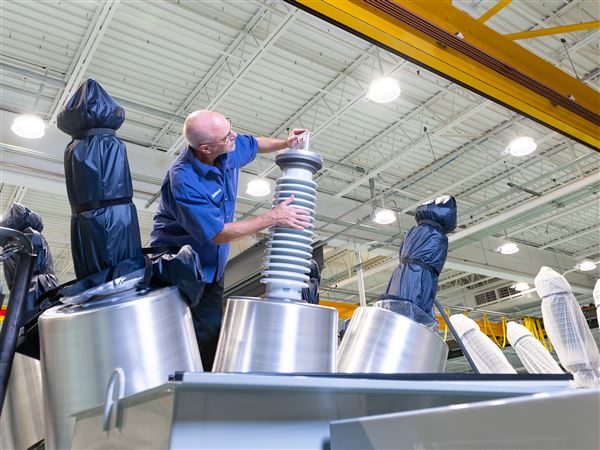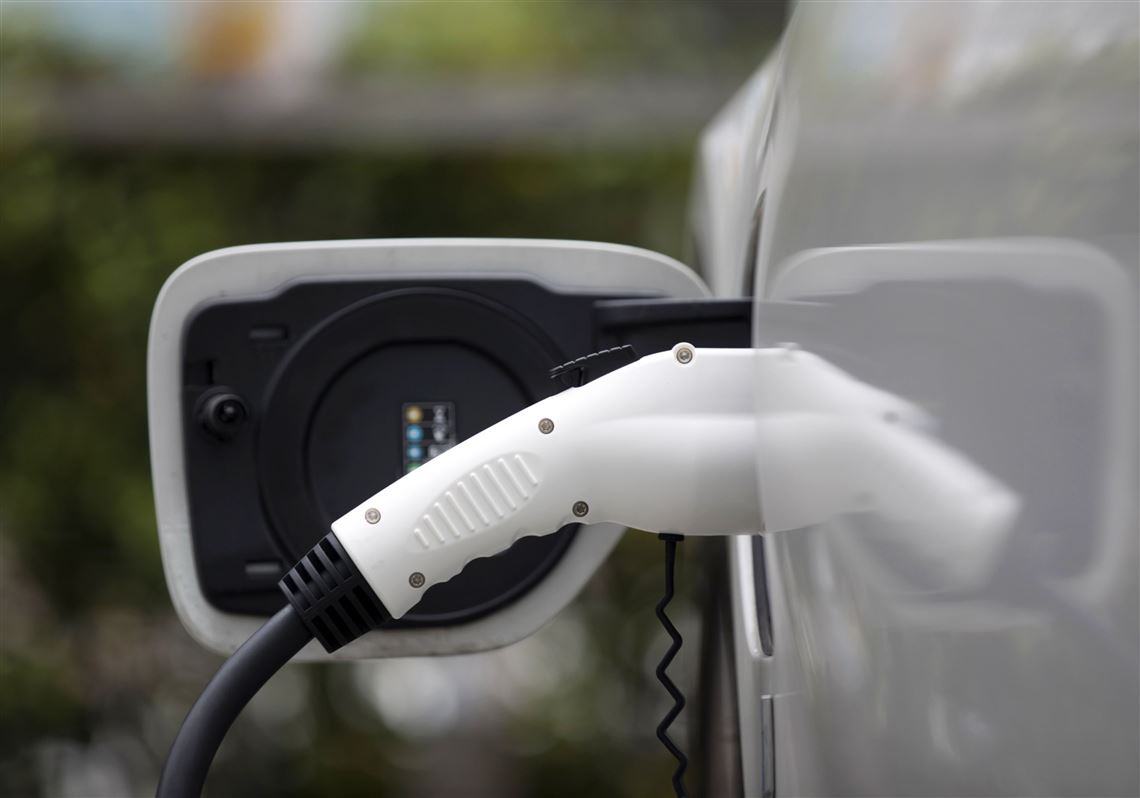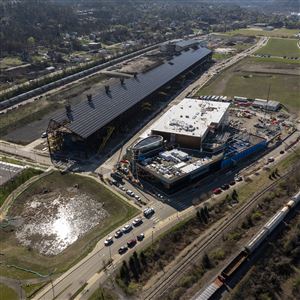The time to decide how millions of electric vehicles plugging into local grids will impact customers’ monthly bills is now, when there are only tens of thousands of them, a slice of a percent of all cars registered in the state.
The urgency unites electric utilities, consumer and environmental groups and the Pennsylvania Public Utility Commission, which regulates how utilities set rates for consumers.
The PUC has published its proposed electric vehicle policy statement for public comment and is soliciting feedback over the next 90 days.
The commission isn’t prescribing any particular rate design, in part because this is still a nascent development for electric utilities.
It encourages all utilities to come up with a framework for how to treat electric vehicle loads on their systems and to design rates for vehicle charging that encourage plugging in at off-peak hours so as to not overload the grid. It also cautions that EV rates should be fairly distributed among customers, as adoption of electric vehicles is likely to be uneven in the near term.
“Increasing penetration of distributed energy resources and EVs presents both a challenge and an opportunity for regulators and utilities,” the PUC wrote last month.
Some utilities have already launched pilot programs for electric vehicle owners. Duquesne Light, for example, has different rates for different times of day to incentivize EV charging during off-peak hours.
Electric vehicle sales, while still a small piece of the total pie, are on a hockey stick growth trajectory.
Underpinning that growth are: billions of federal dollars allocated toward electric school buses and mass transit electrification; a federal mandate to shift all new government vehicle purchases to electric; tax incentives of up to $7,500 for new electric car buyers which, come January, can be taken right off the top of the sales price; subsidies for domestic car battery production and EV manufacturing.
Pennsylvania isn’t leading the pack in EV adoption, but it’s headed in the same inevitable direction as everyone else.
Over the past decade, the number of electric vehicles registered in the state has jumped a whopping 2,600%. The number is so high because the baseline was so low. While EVs make up less than half of a percent of all cars in Pennsylvania, according to the latest data from Pennsylvania’s Department of Motor Vehicles, they are the fastest-growing segment.
“This reality allows the Commission to act cautiously and carefully now to explore various targeted rate design options for residential, commercial, and public charging networks,” the Office of Consumer Advocate wrote in comments to a Feb. 2022 petition by a group of stakeholders asking the PUC to take up the issue.
That petition launched this process with the PUC and prompted the agency to convene an informal working group of stakeholders to mull the issue. In March, they released their recommendations, writing that “EV rate policies should:
• Lower electricity rates for all utility customers through more efficient utilization of existing grid assets
• Avoid unnecessary grid upgrades by encouraging customers to shift charging to off-peak hours
• Reduce emissions by better aligning charging with renewable energy production
• Encourage customer adoption of EVs by reducing charging costs and maximizing fuel cost savings
• Create a viable business case for public charging infrastructure”
Managing the distribution grid, and utilities’ obligations to customers, through the EV transition will rely in large part on when those EVs are charged.
If EV owners return home from work and all plug in during the evening hours, when homes are already at their highest electricity use during the day, the utility will have to plan for a large spike in its peak demand. That would mean building out more infrastructure and securing more capacity on the transmission grid — investments that would raise electricity rates for all customers.
On the other hand, if car charging can be shifted to periods of typically lower electricity demand — like the middle of the night, for example — that could even out the daily peaks and increase the total utilization of the utility’s assets.
To put numbers to the problem, ChargEVC-PA, the coalition that filed the original petition last year, calculated that the average residential electric customer in the state, driving the average 12,000 miles a year, would increase their electricity consumption by 35% by switching to an EV.
“The growth of EVs potentially presents the most significant load-growth challenge for electric utilities in decades,” ChargEVC-PA wrote in its petition.
Anya Litvak: alitvak@post-gazette.com
First Published: December 27, 2023, 10:30 a.m.
Updated: December 27, 2023, 6:21 p.m.


















